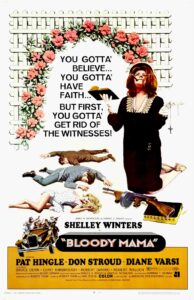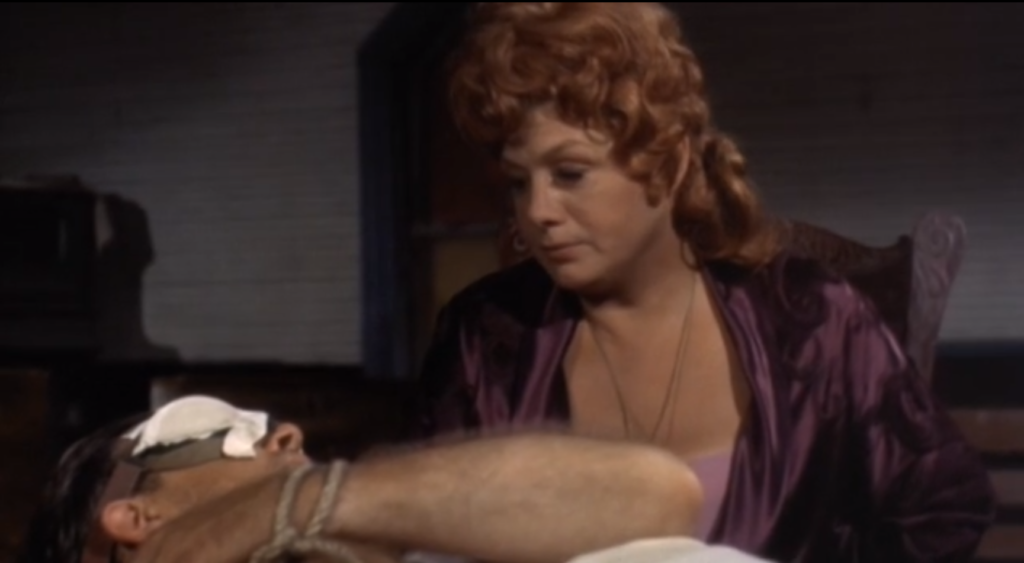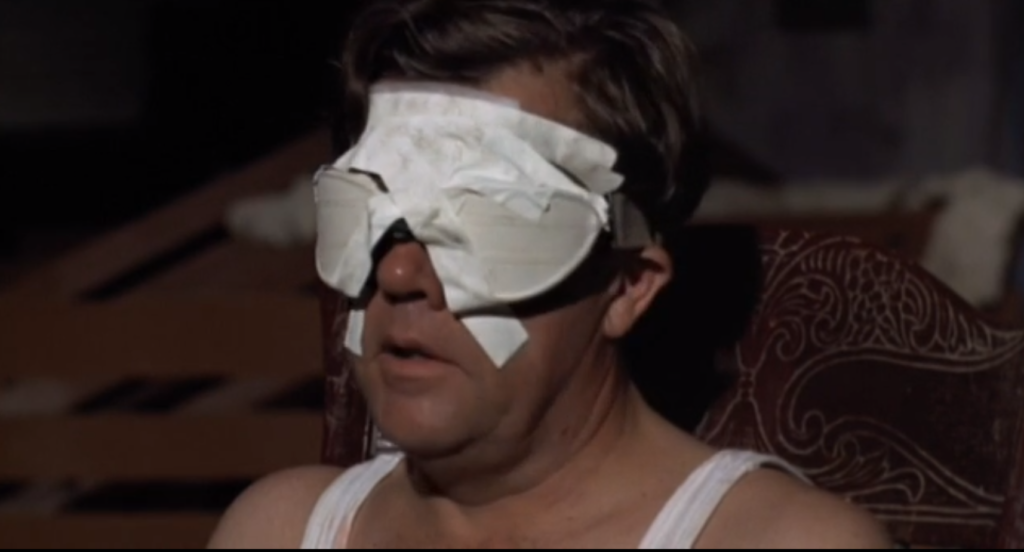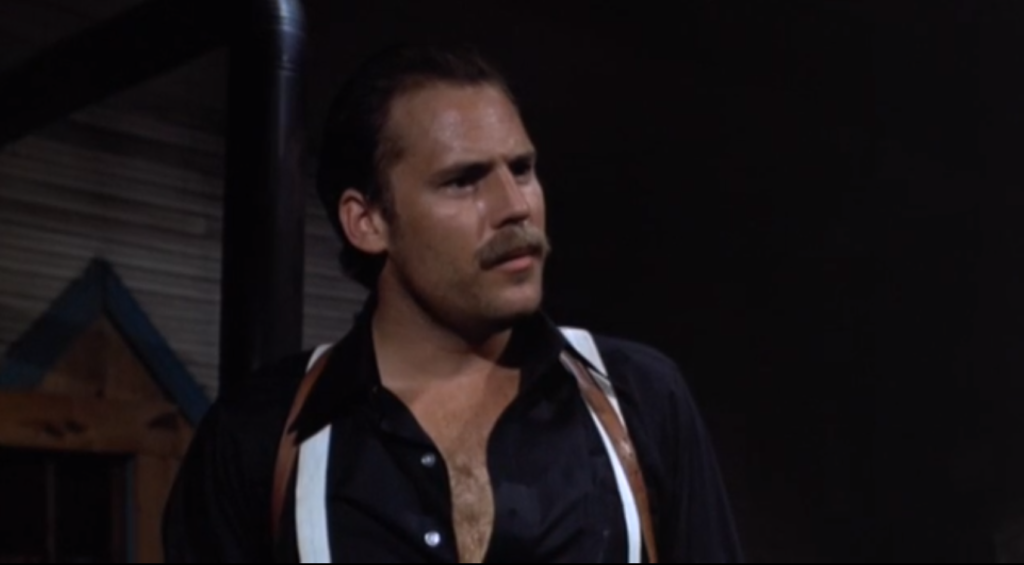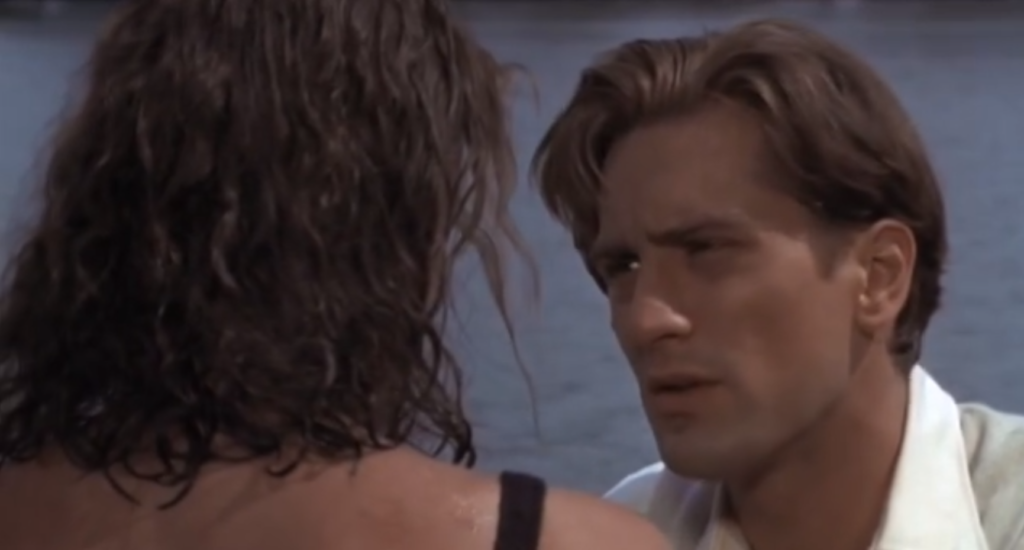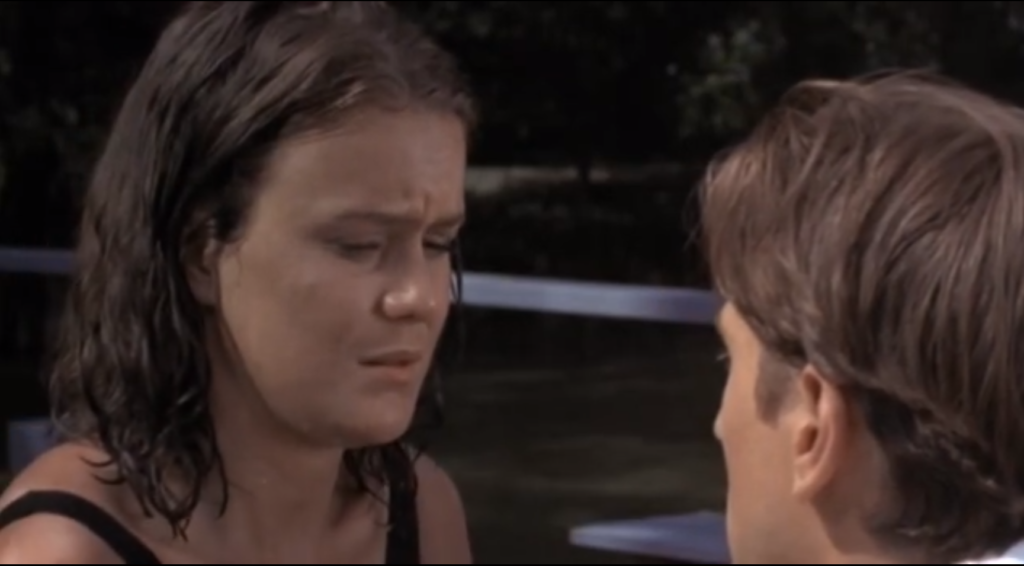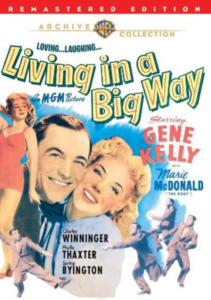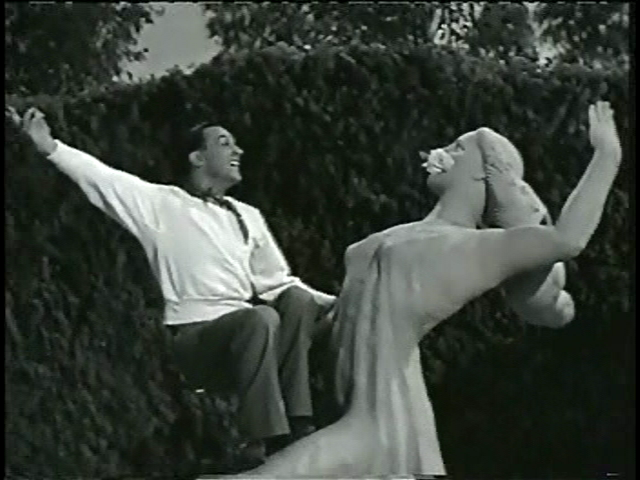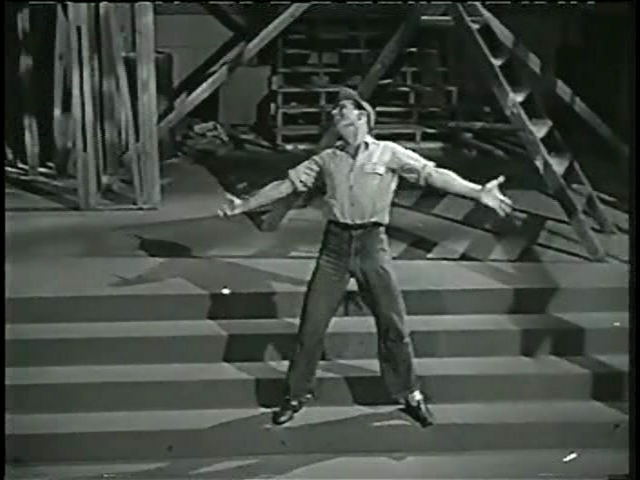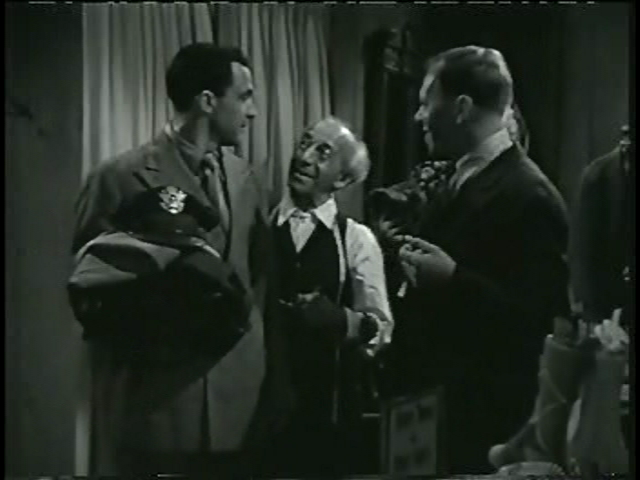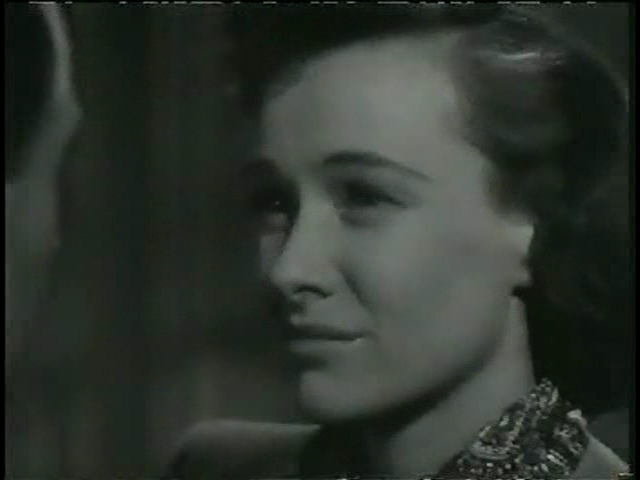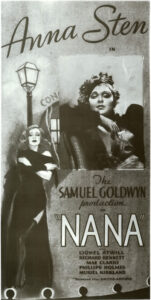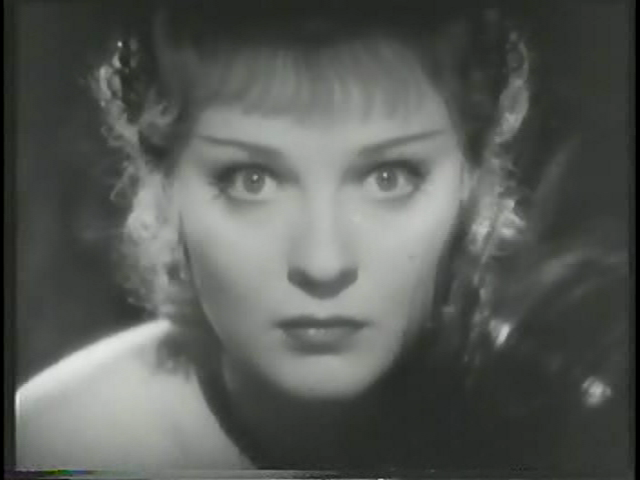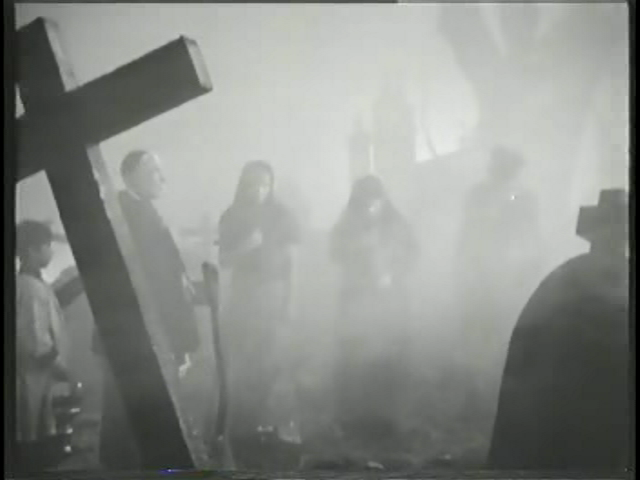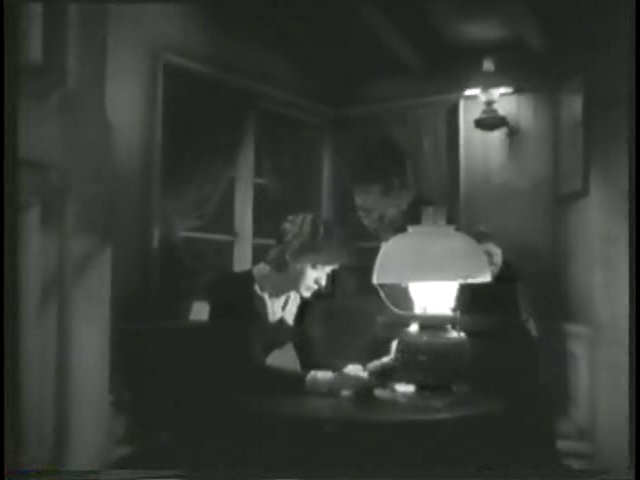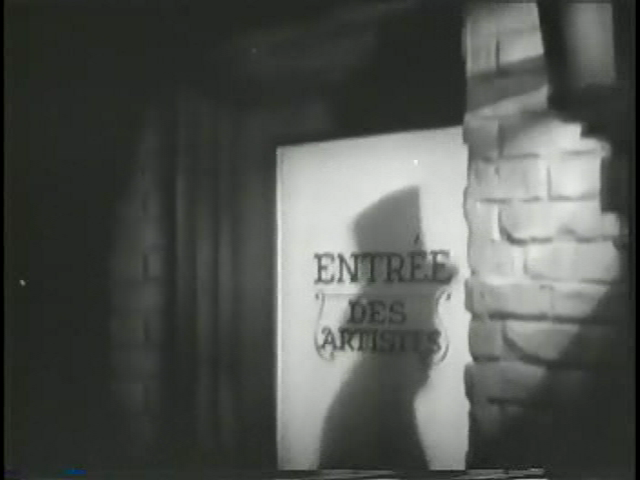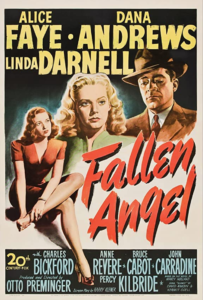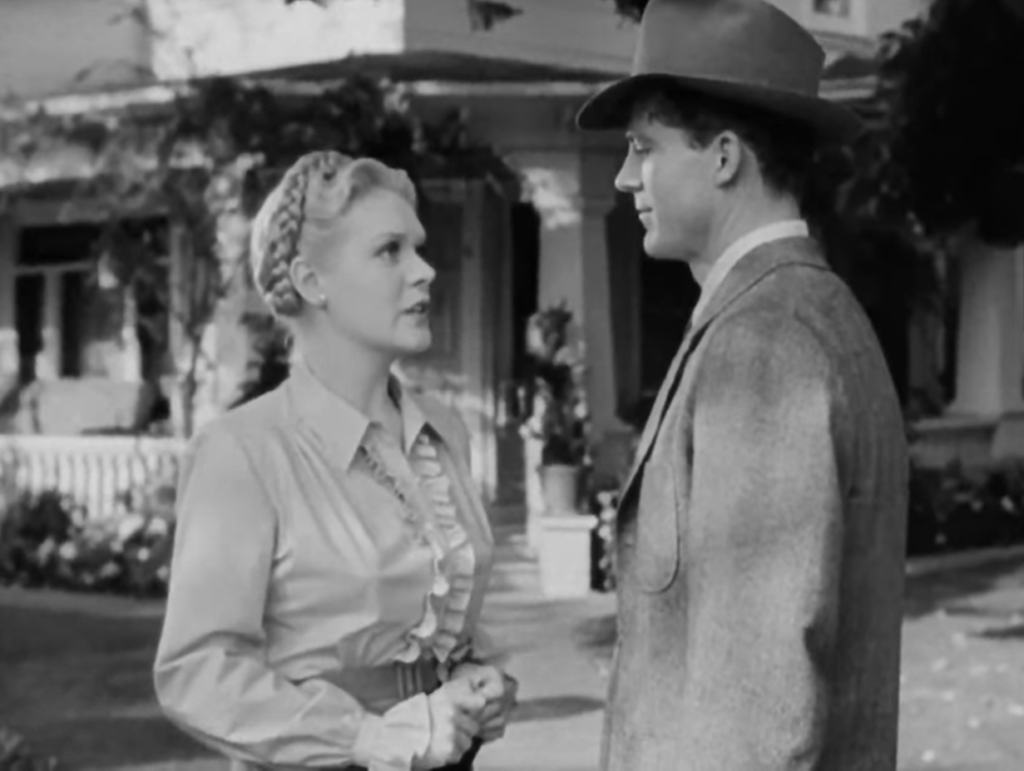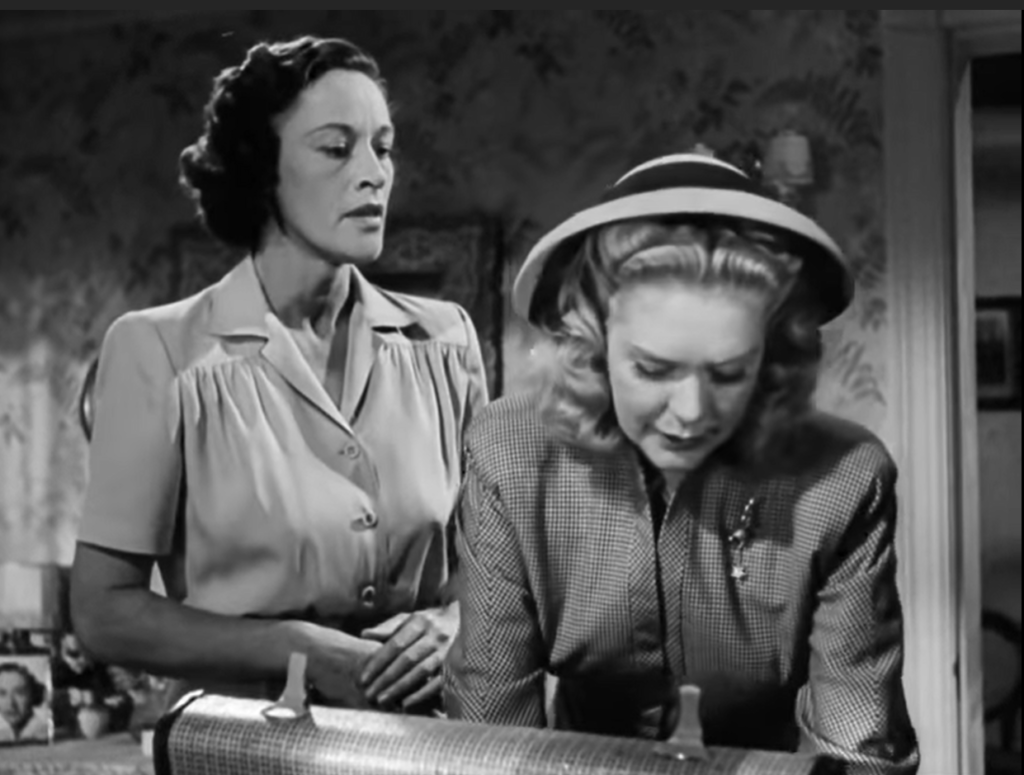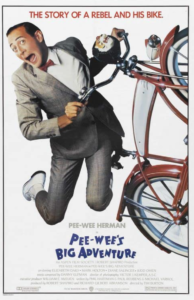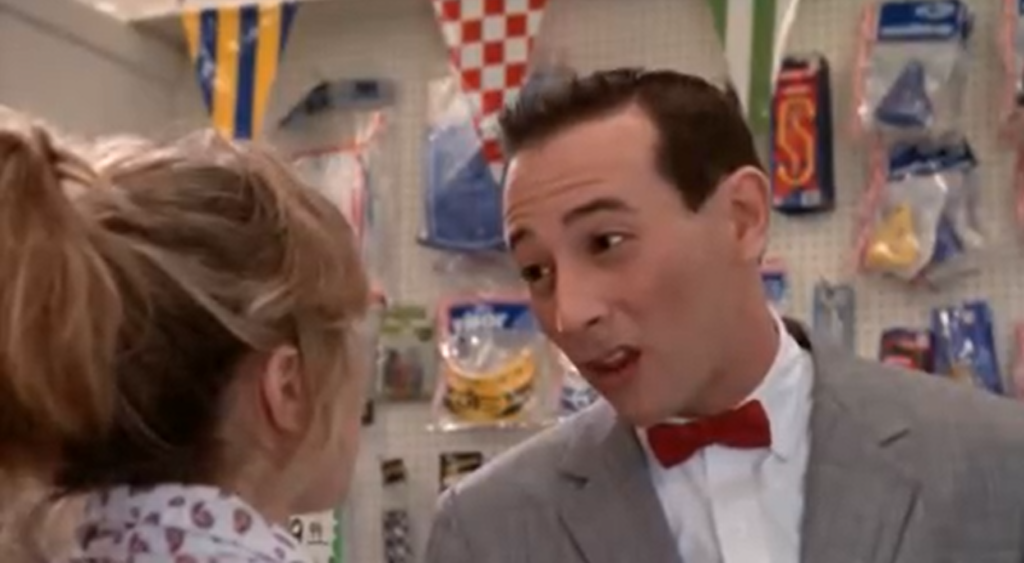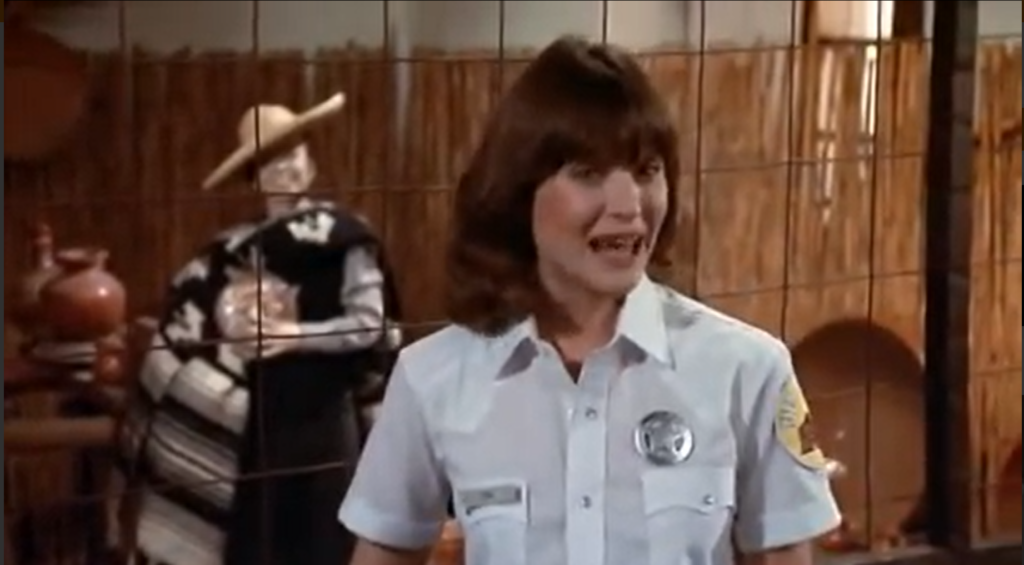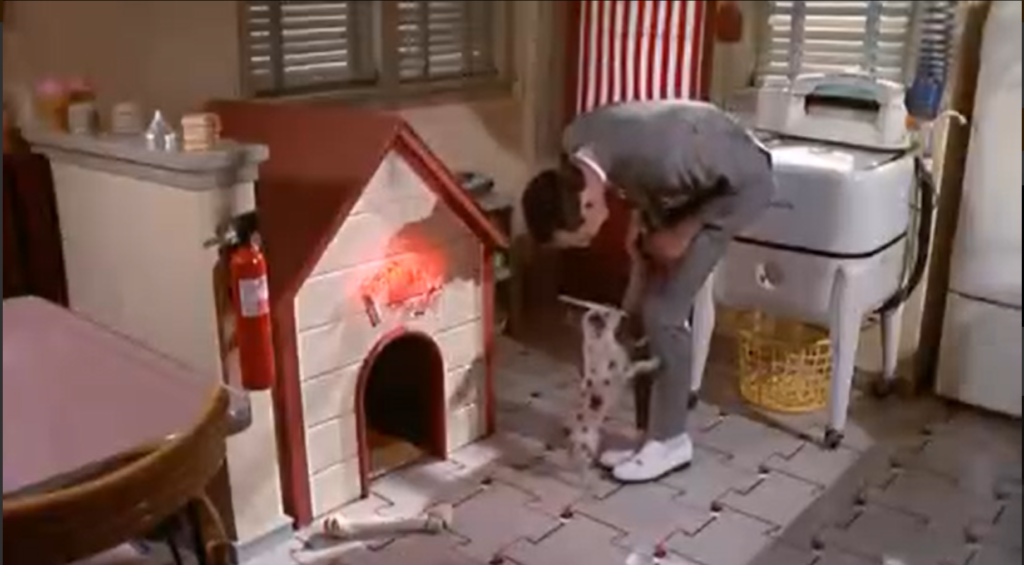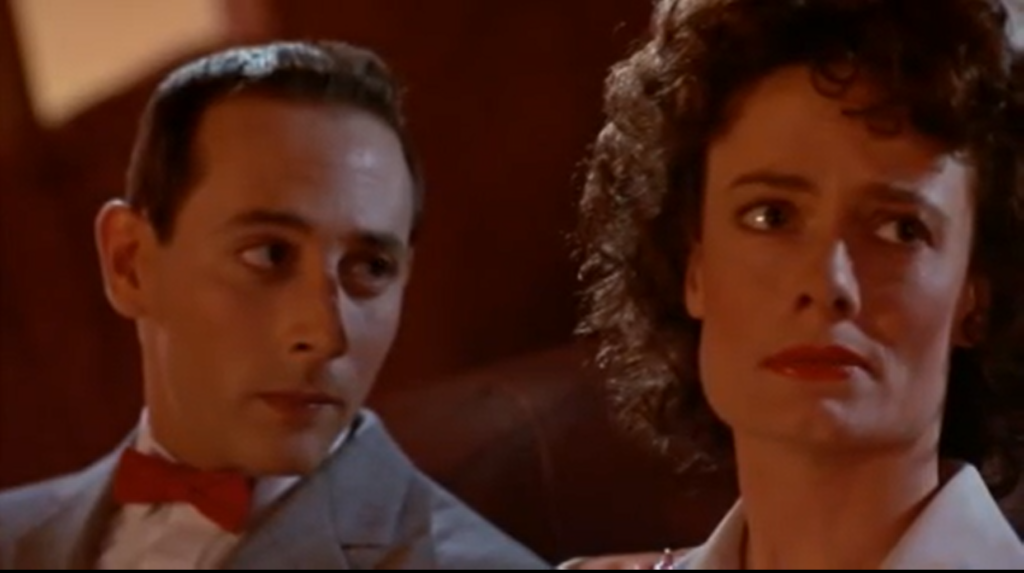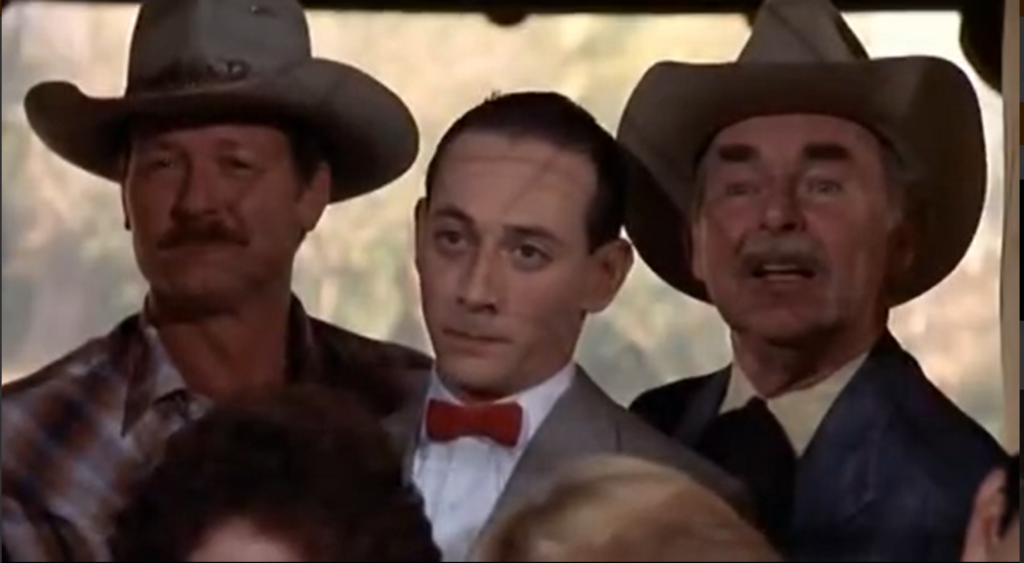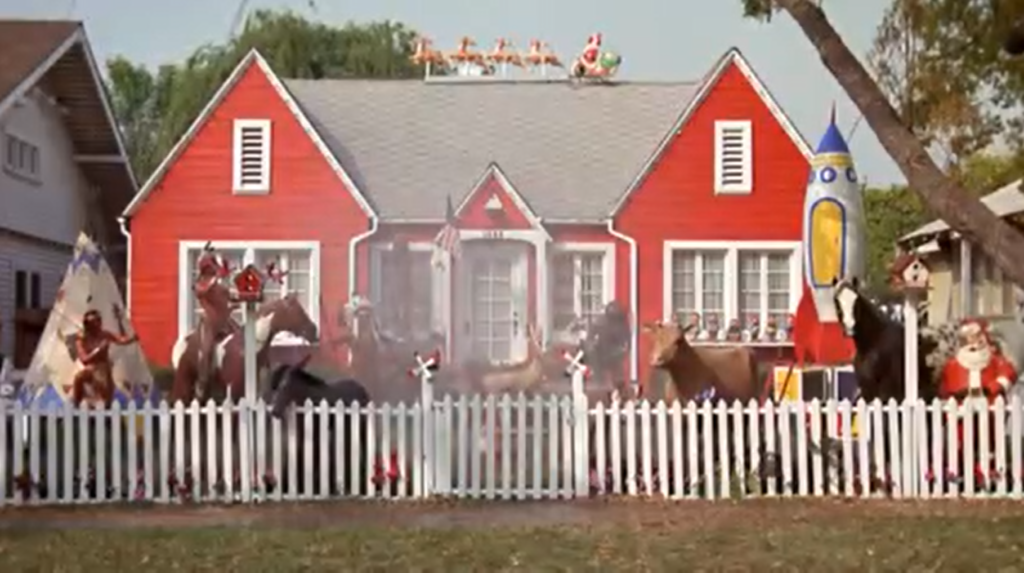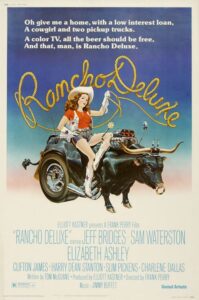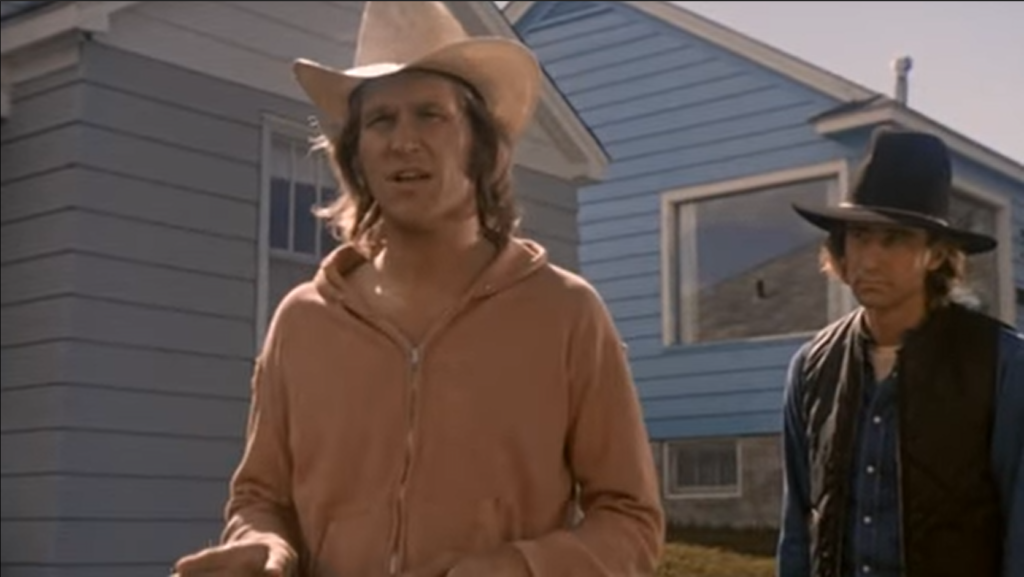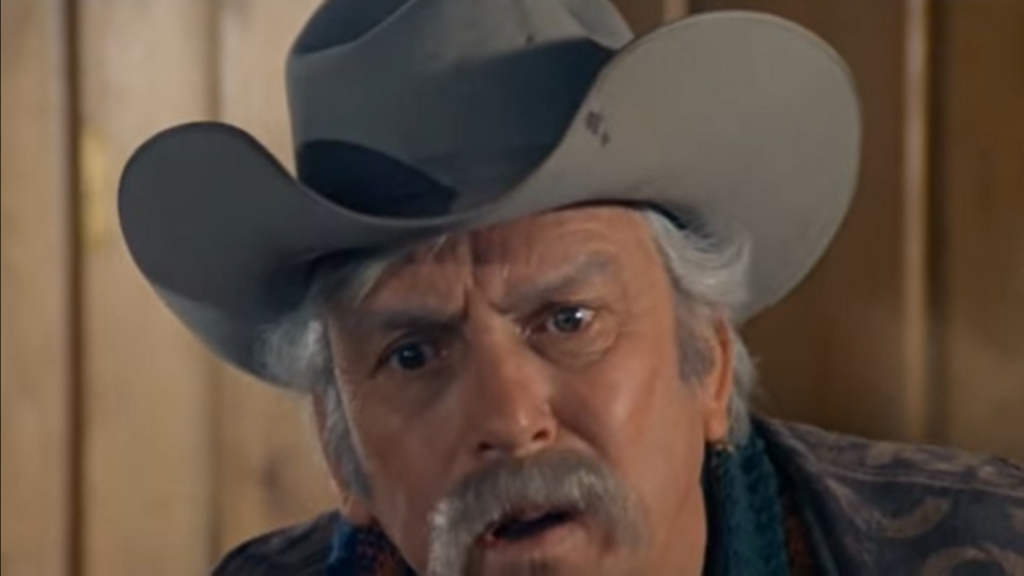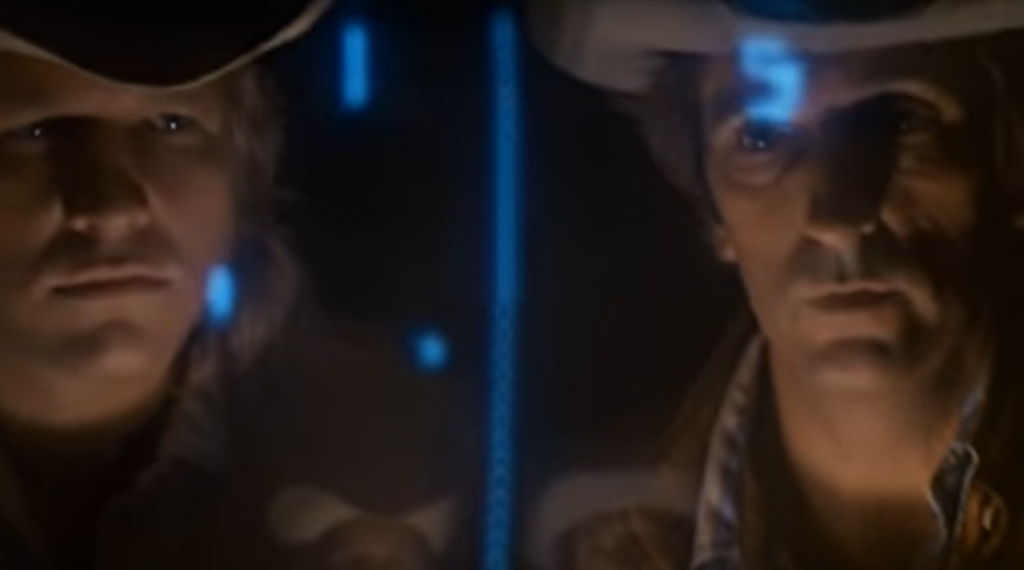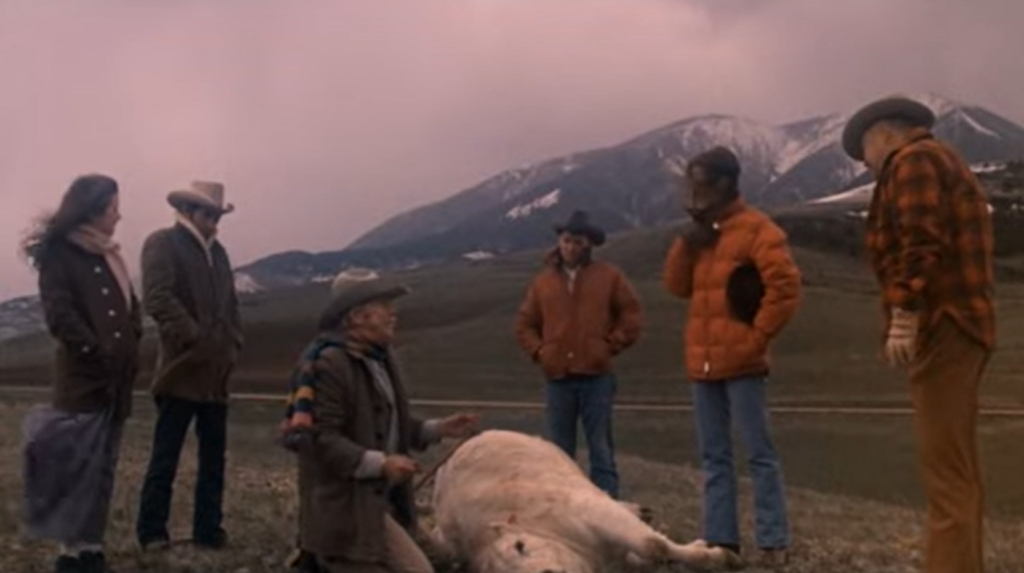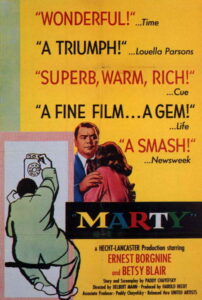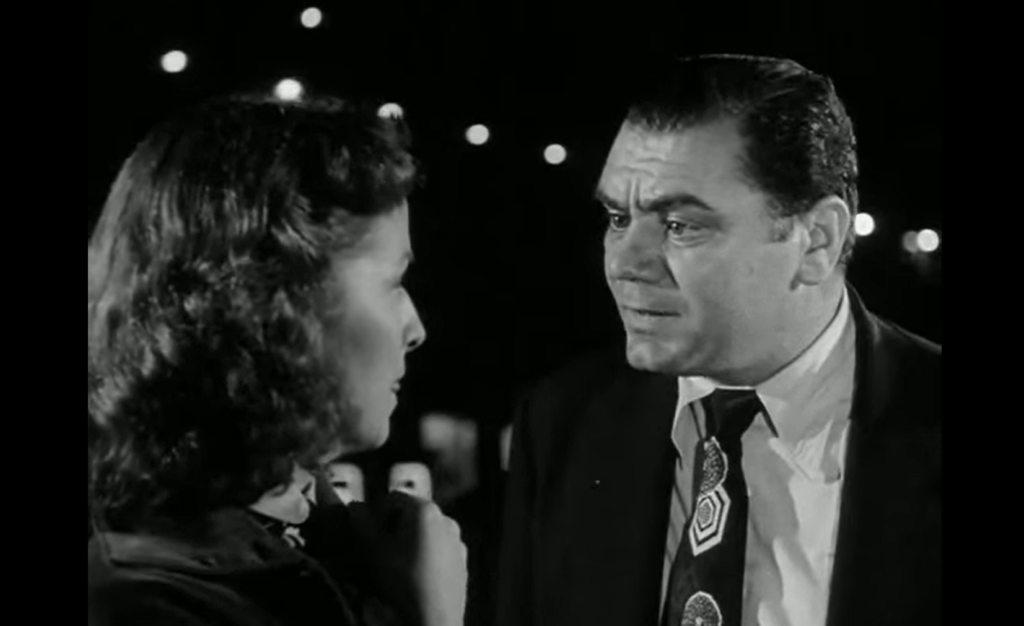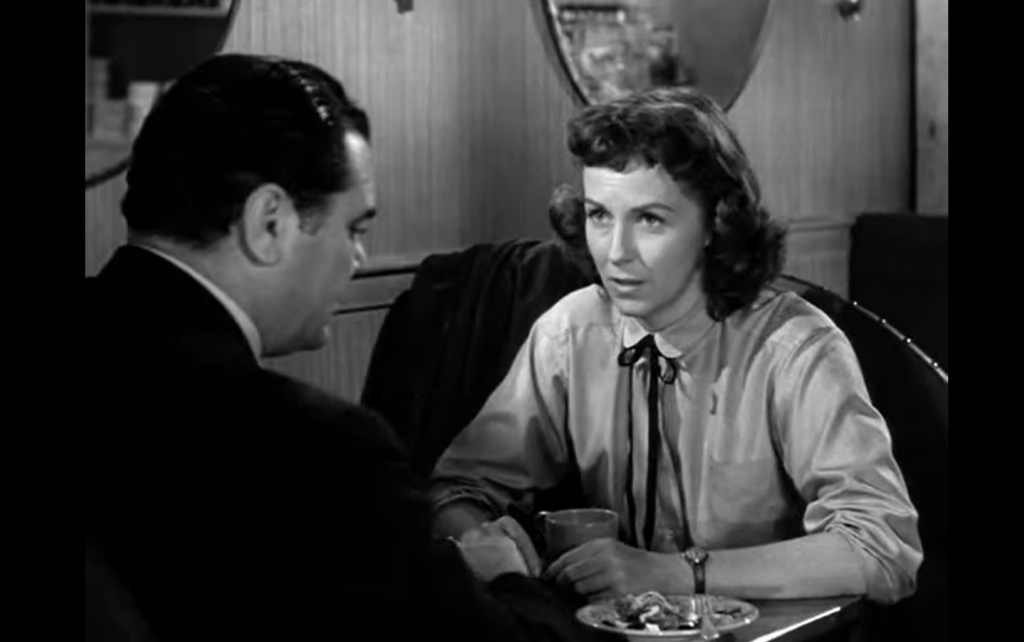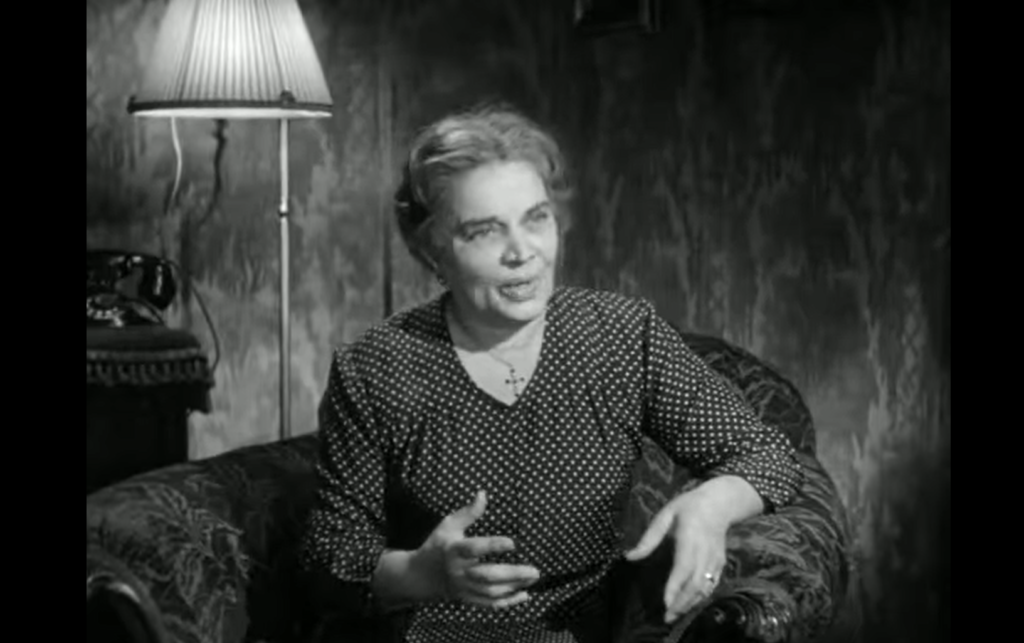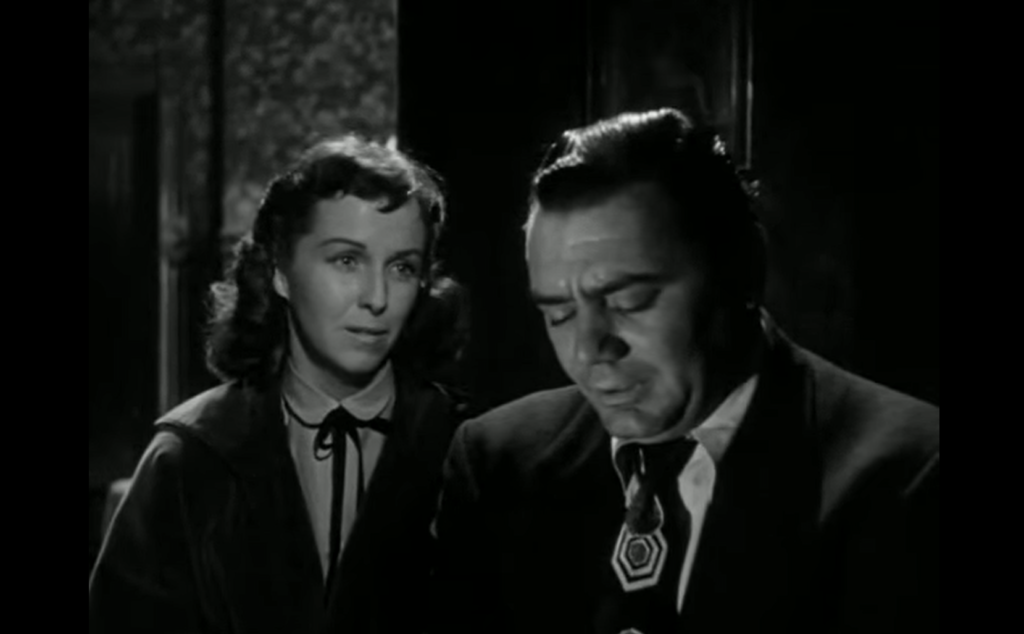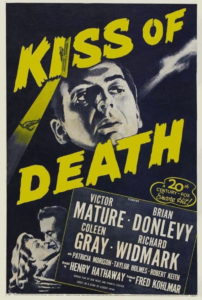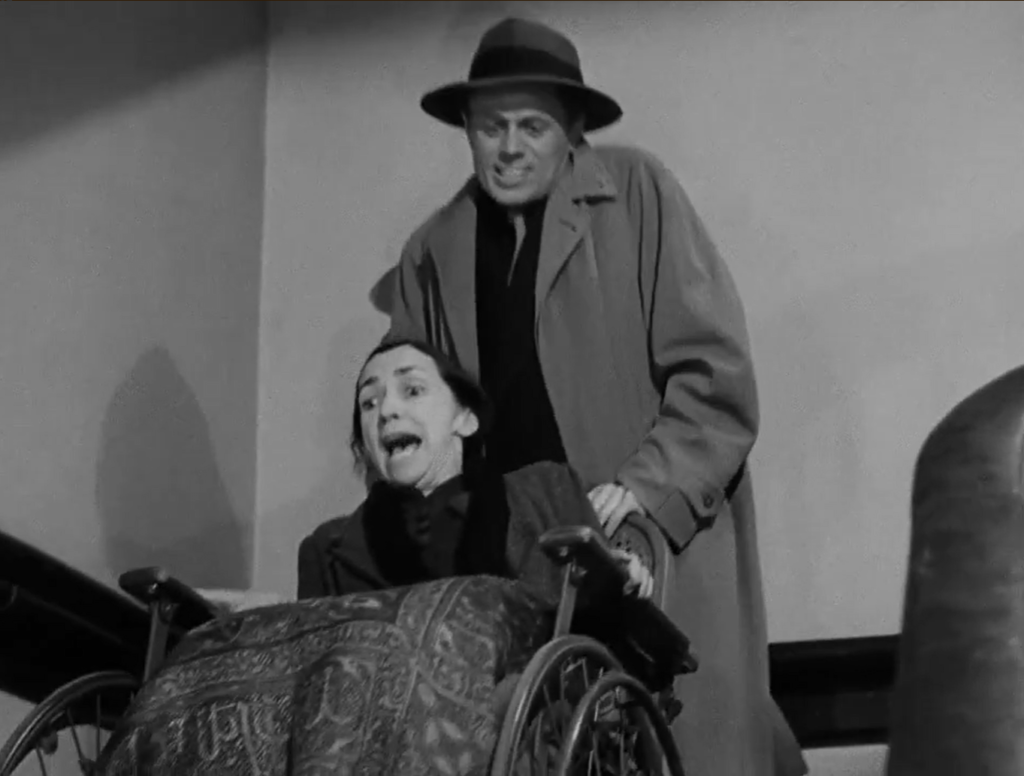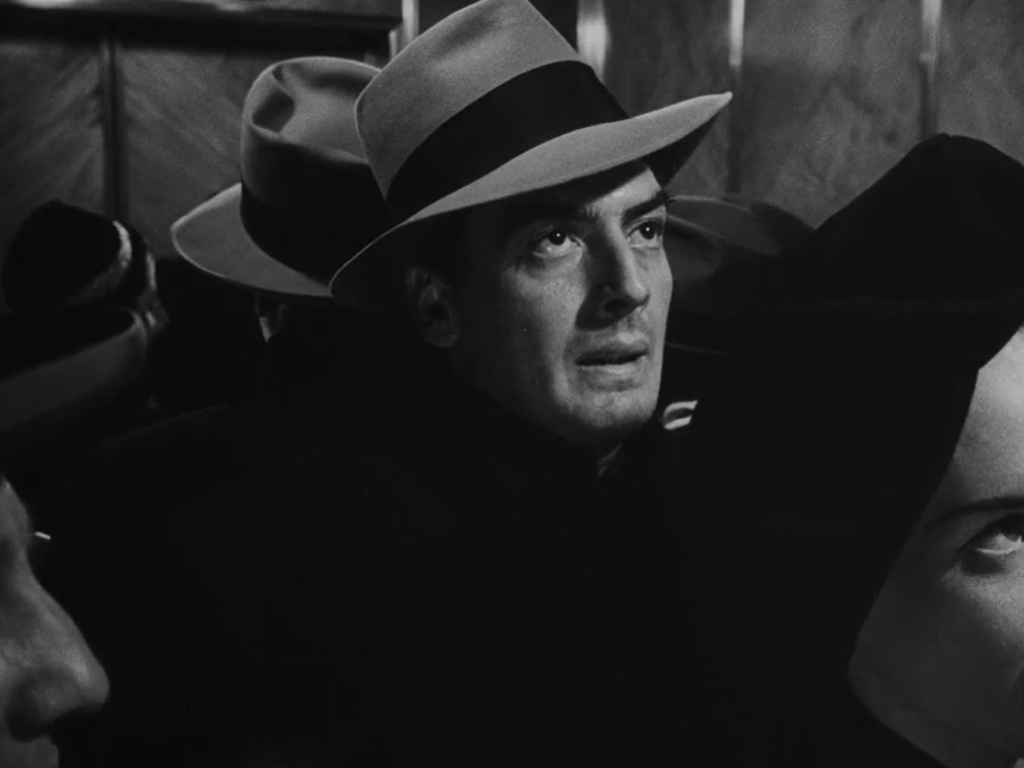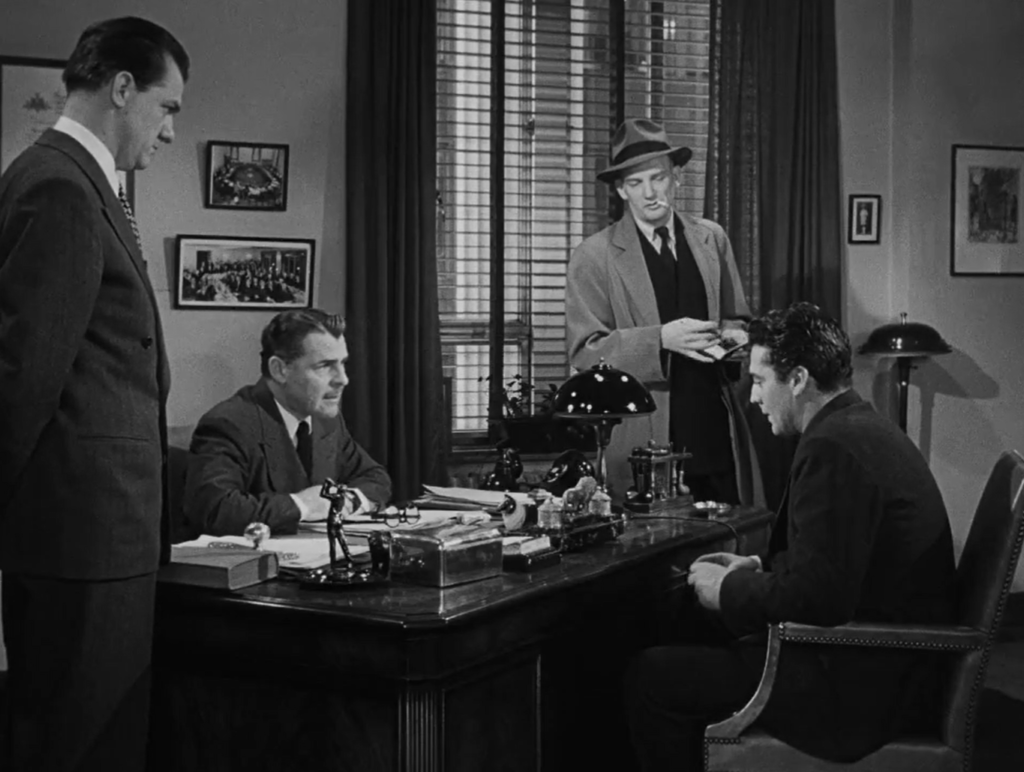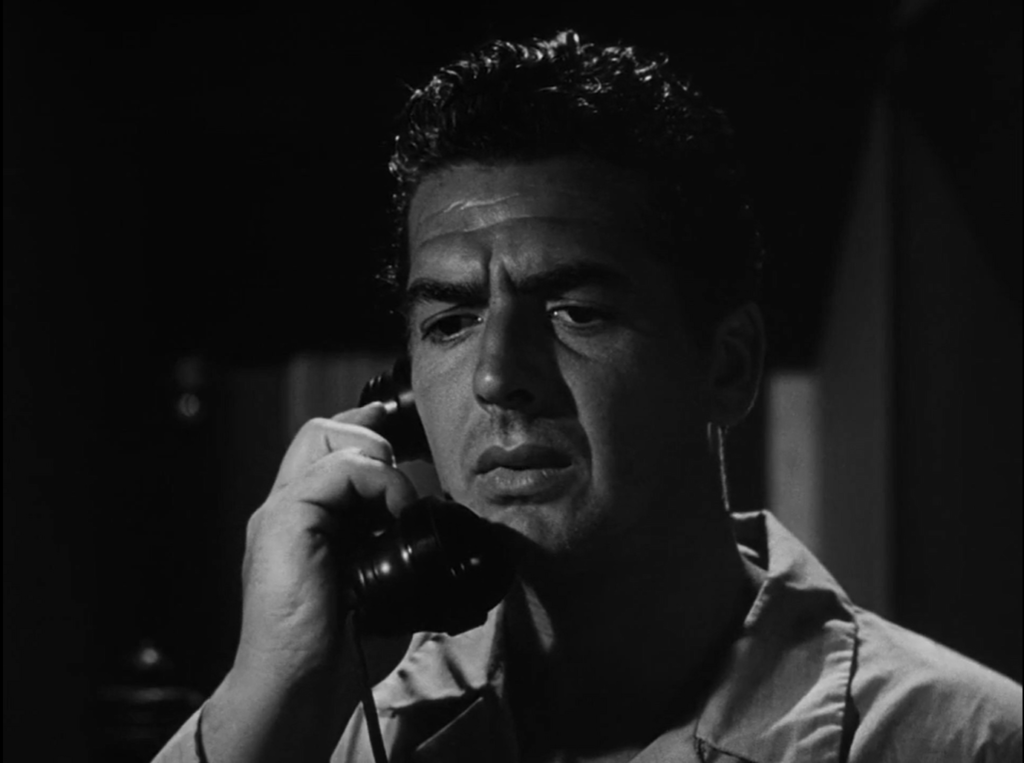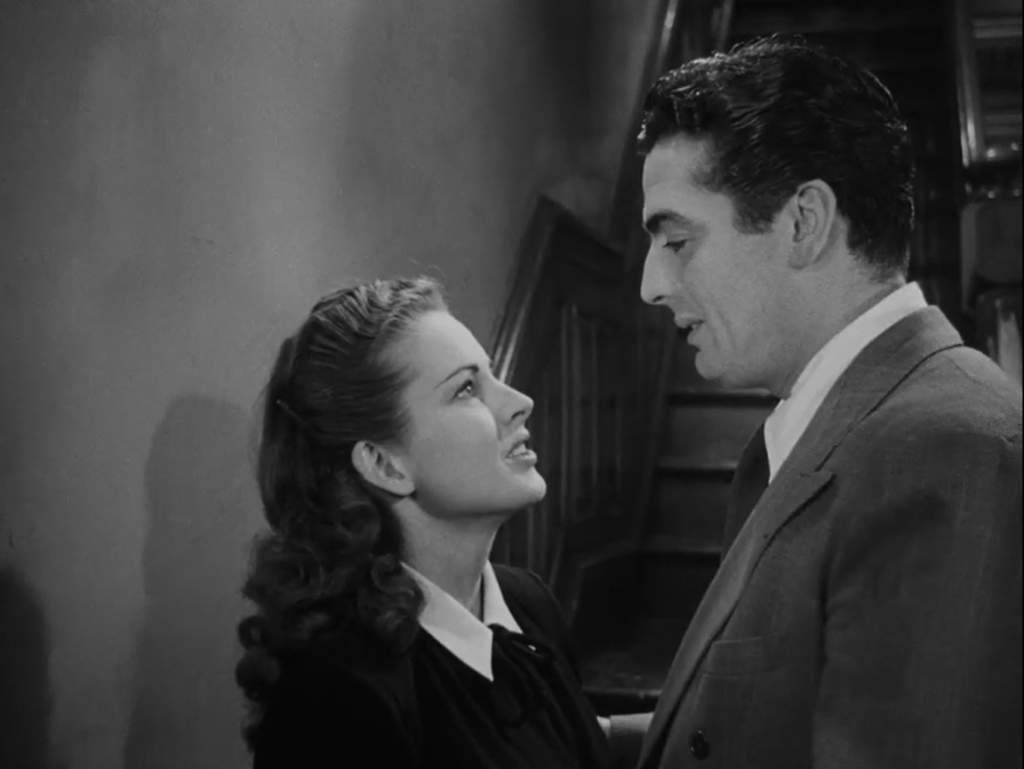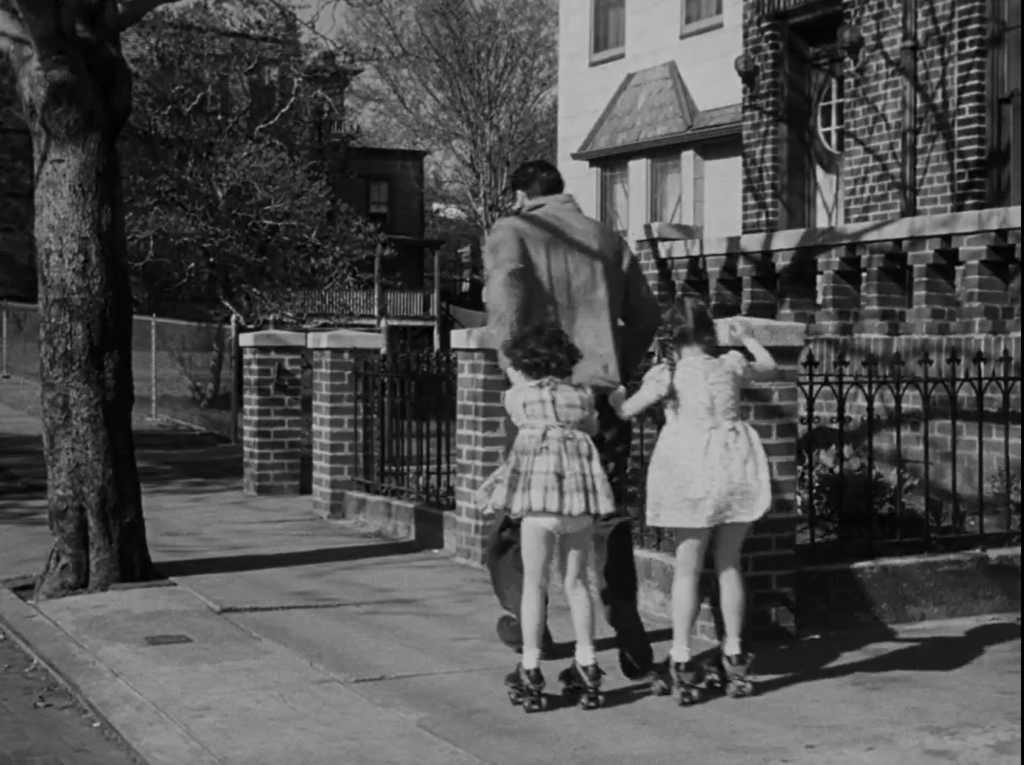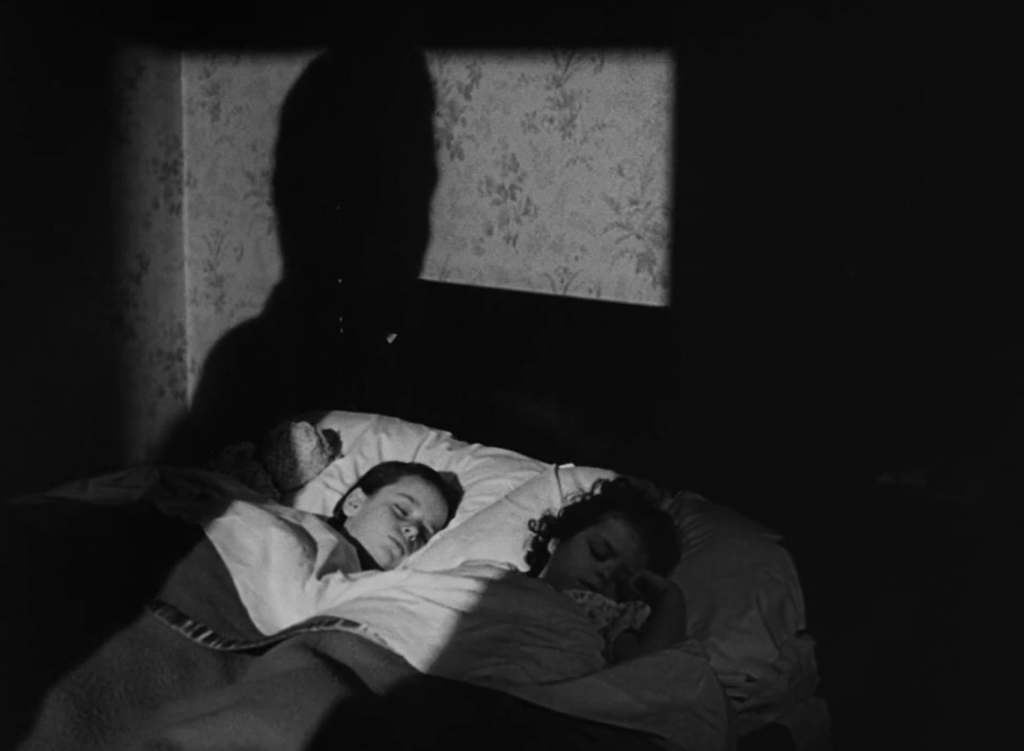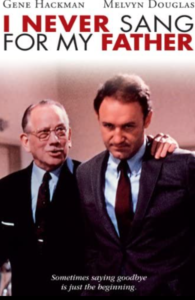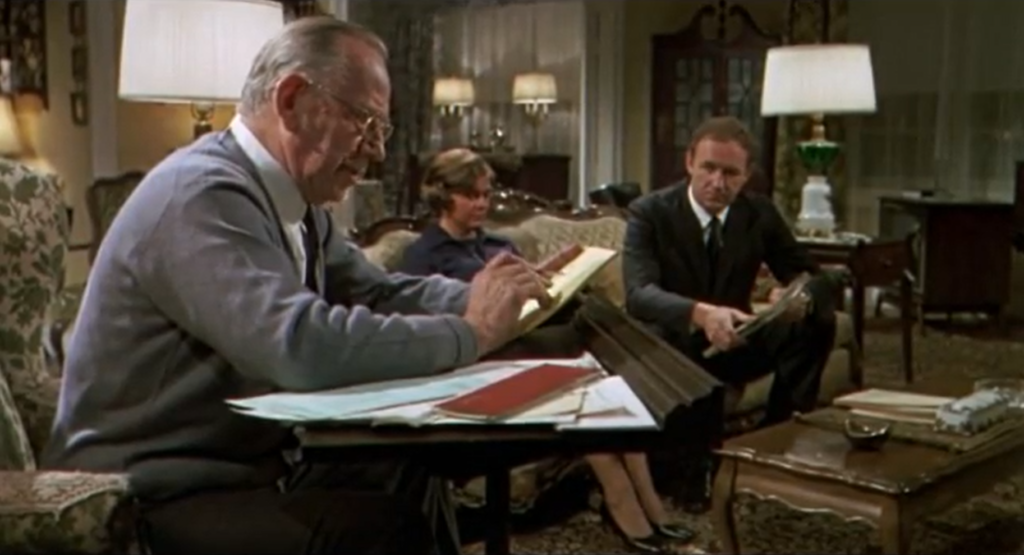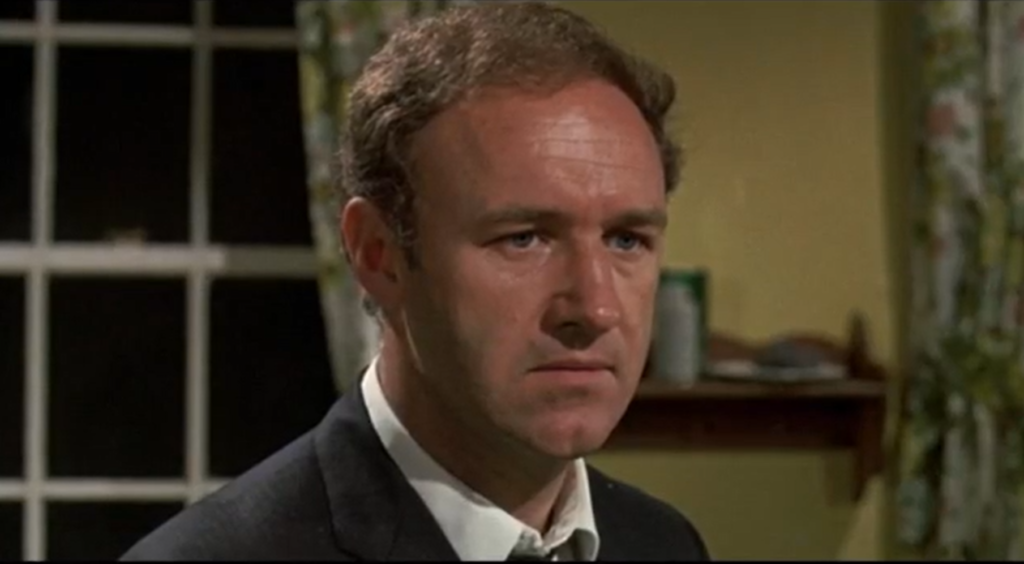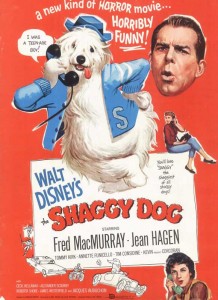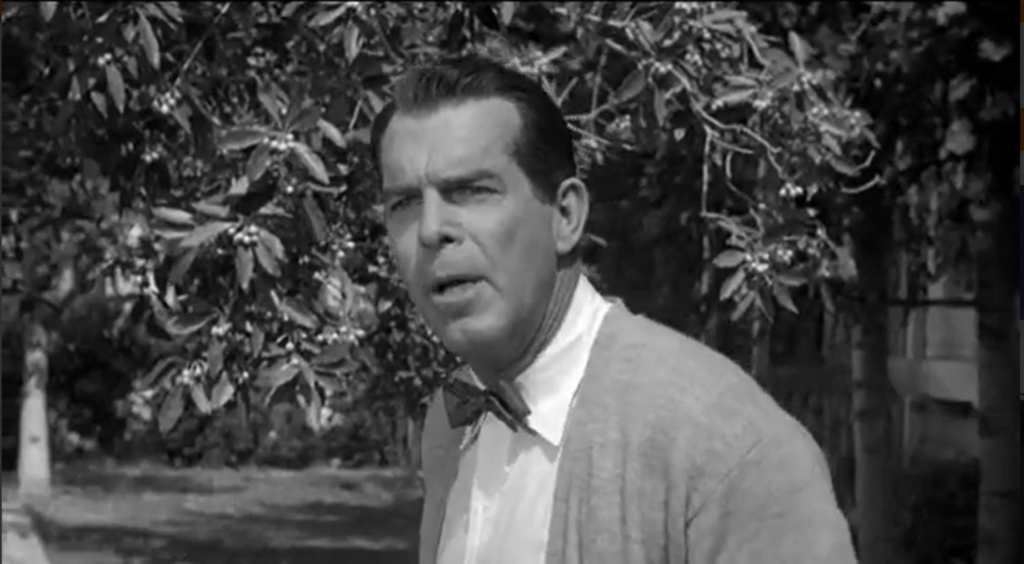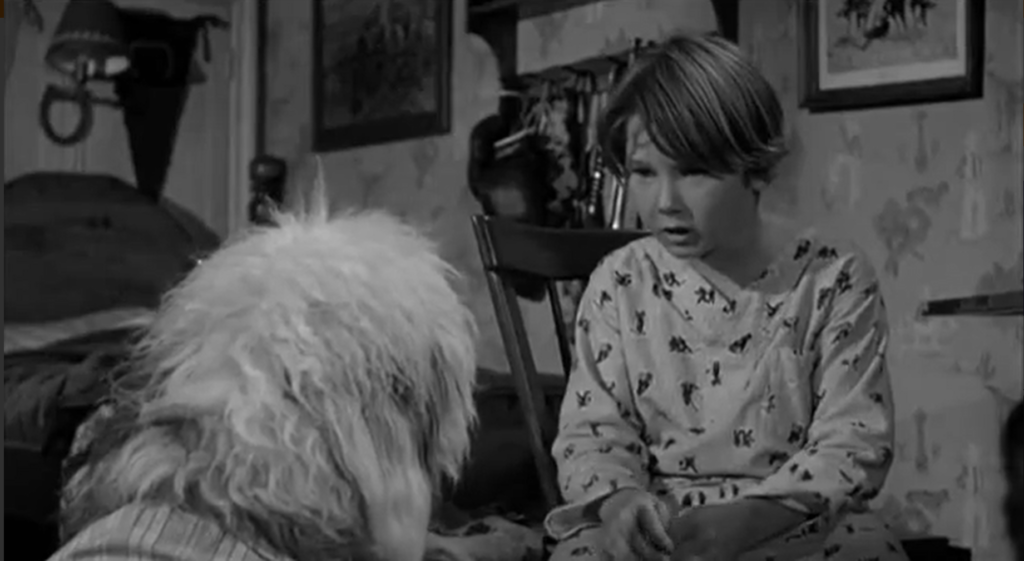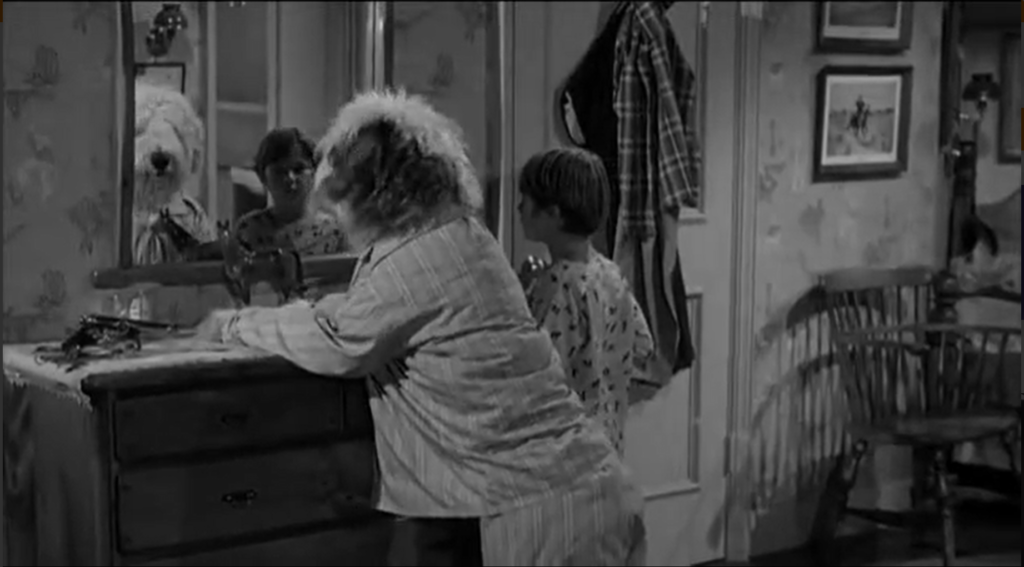Bloody Mama (1970)
“I’m sure glad I didn’t raise me any girls… Who knows how they’da turned out!”
|
Synopsis: |
|
Genres, Themes, Actors, and Directors:
Review: Corman, working with a slightly higher budget than usual, does an admirable job recreating the Depression era exploits of the Barkers, who — much like Bonnie Parker and Clyde Barrow — became notorious celebrities in their day. But the Barkers’ criminal misadventures ultimately take a backseat to the more fascinating saga of their bizarrely dysfunctional family dynamics, which eventually — perhaps inevitably — precipitate their fatal undoing. Winters (100% invested in her role; she’s perfectly cast here) is the glue that holds this perverted household together; but when she starts ordering the deaths of innocent hostages — first a vivacious young swimmer (Pamela Dunlap) who flirts (at her own unknowing peril) with De Niro, then a compellingly decent millionaire (Pat Hingle) who’s been kidnapped for ransom — her children finally begin to realize that Mommy doesn’t always know best. Alas, by this point it’s too late for any genuine redemption to come to the Barker clan — so bloodthirsty audiences can rest assured that a riveting denouement lies in wait. Note: In a 1970 interview with Sight and Sound magazine, Corman himself acknowledged that comparisons with the previous year’s cult hit Bonnie and Clyde were inevitable, but noted that his approach “was not to romanticize or glorify, but to stay closer to what I felt the reality was.” While Bonnie and Clyde is clearly the superior film in many ways, the two movies ultimately rest upon their own unique merits. Redeeming Qualities and Moments:
Must See? Categories
Links: |
